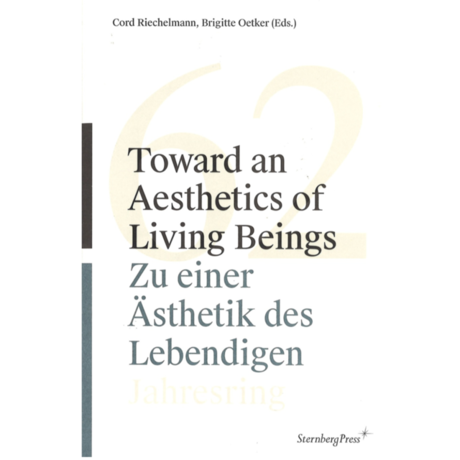Eine starke Richtung des Denkens, das nach Erdung und Einbettung nach einer Wahnsinnsperiode der Virtualiserung und der Entbettung sucht, stellt den hergebrachten Begriff der Mehrheit für eine wahre Demokratie in Frage. Man will über den Menschen hinausgehen, um wieder ein menschliches Maß zu gewinnen. Die Mehrheit einer kommenden Demokratie kann nicht nur eine Mehrheit der Menschen sein. Was ist mit den selbstlernenden Maschinen, was mit den intelligenten Tieren, was mit den noch nicht geborenen Wesen, die halb Mensch und halb was anderes sind? ...


